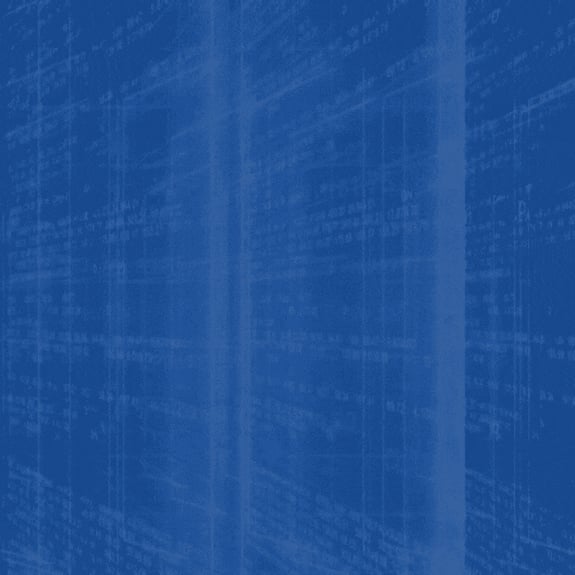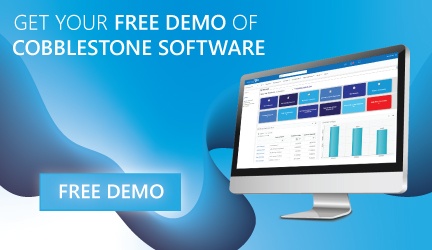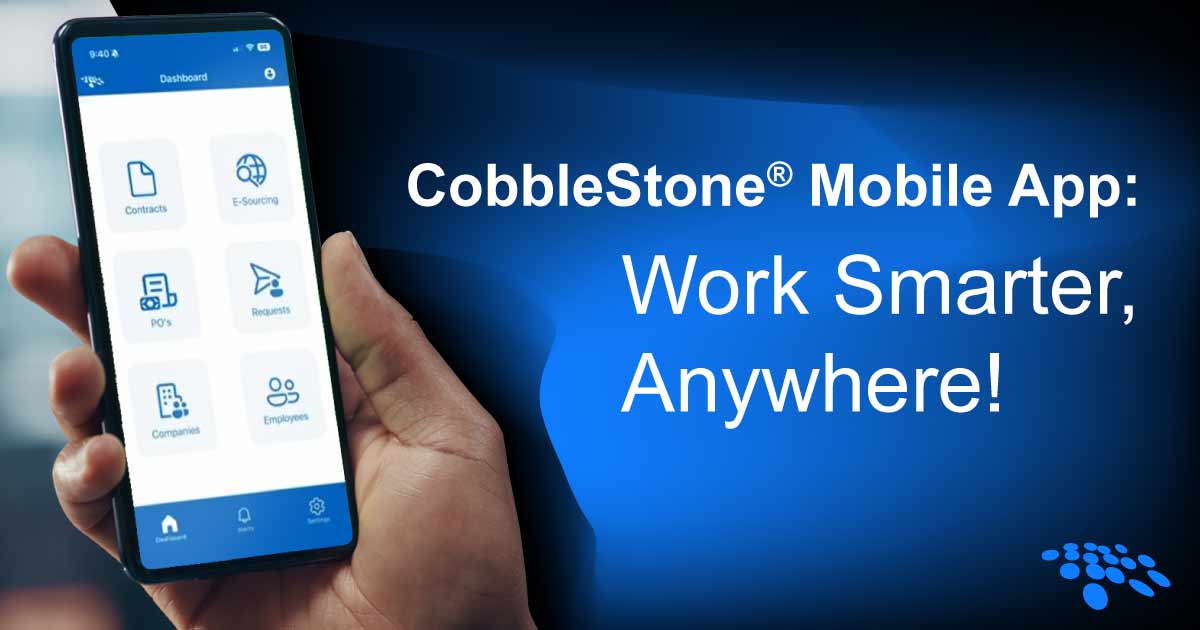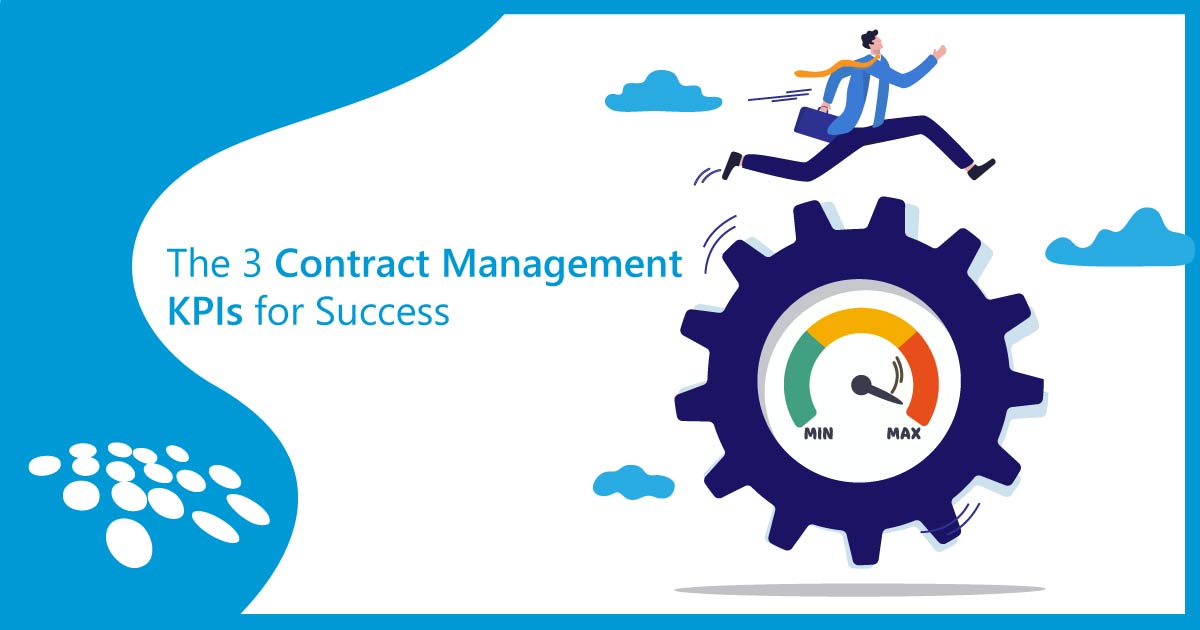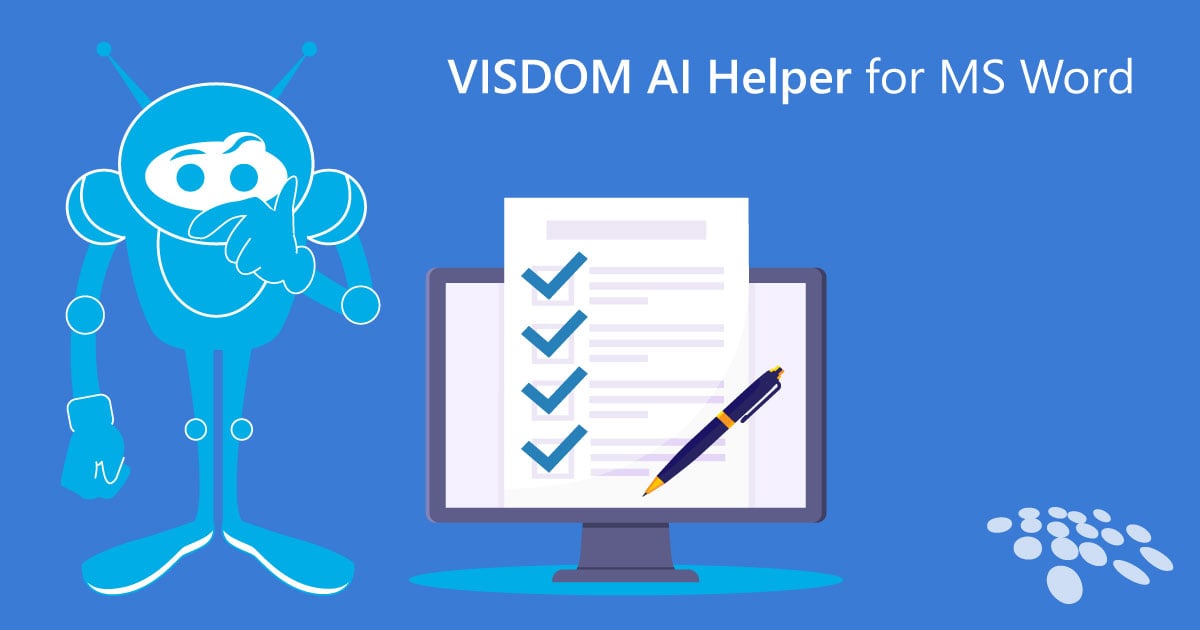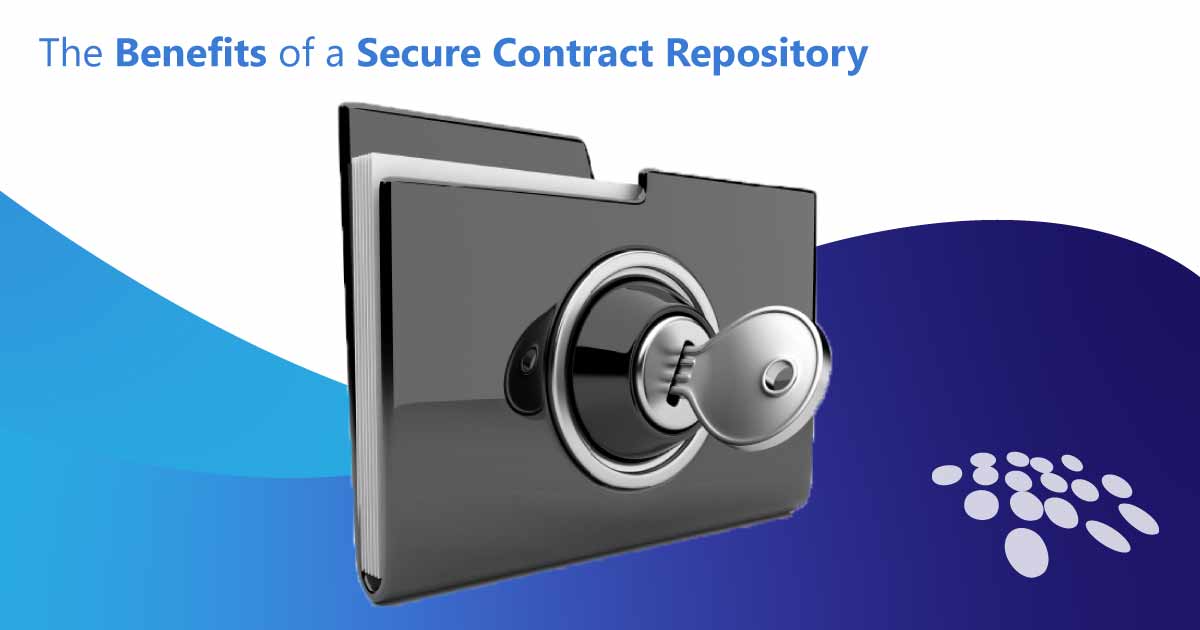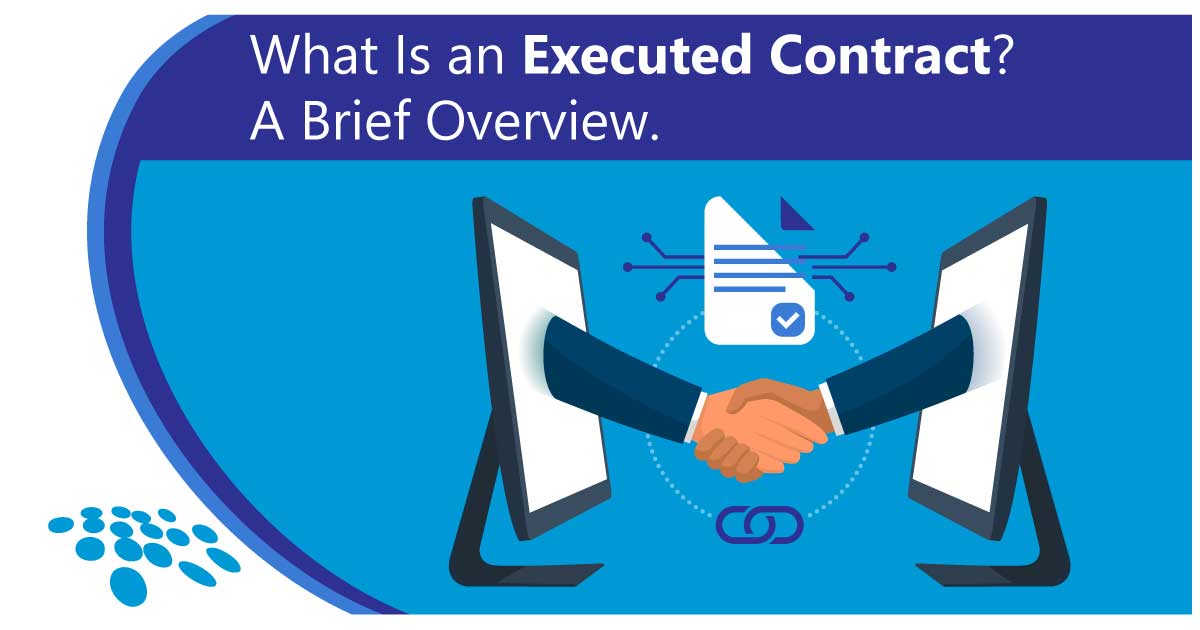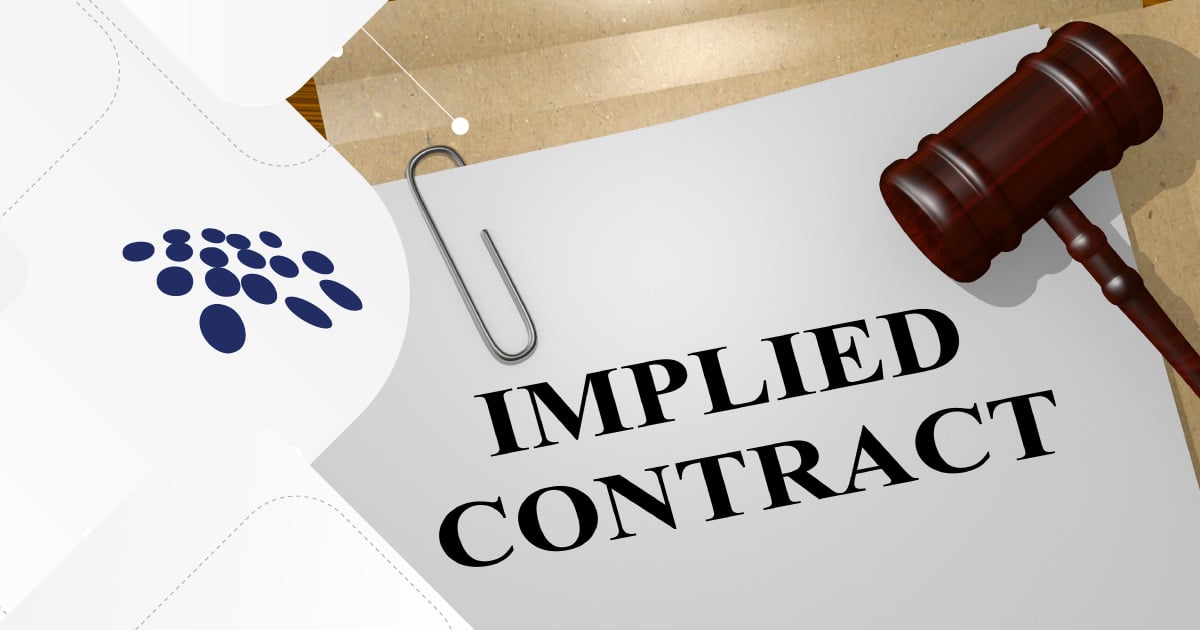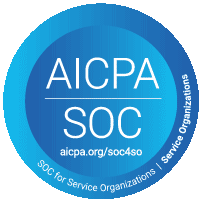
Outdated supply chain management processes can prevent organizations from navigating the supply chain contract lifecycle easily. When organizations rely upon processes that become inefficient as they evolve and grow, they may face various challenges and risks that bog them down and prevent growth, efficiency, a strong reputation, and increased ROI. Don’t let obsolete supply chain contract management processes hinder your organization’s evolution; discover 7 signs that you’ve outgrown your supply chain management process and need to upgrade!
The 1st Sign – Unintegrated Contract Management, Procurement, and eSourcing
A process that does not unify contract management, procurement, and sourcing can leave organizations disorganized – potentially leading to:
- missed key dates and milestones.
- contract lifecycle bottlenecks.
- issues with tracking deliverables.
- duplicate orders.
- failure to place orders.
- missed payments, and much more.
Luckily, leading contract management software provides integration for contract management, contract authoring, eProcurement, and eSourcing processes – delivering a one-stop resource to help organizations to meet their supply chain agreements and other source-to-contract management needs. Organizations can integrate supplier management with contract management, purchase requisitions, rules-based approvals, eSourcing, automated bid advertising, electronic signatures, item management, supplier tracking, searching and reporting, inventory and fulfillment tracking, and more for a unified supply chain contract management process.
The 2nd Sign – Ineffectual Requests and Bid Advertisement
Manual request document generation and bid advertisement performed without the help of contract management software can leave organizations scrambling for a way to streamline bids.
Luckily, with trusted source-to-contract management software, organizations can create and manage templates and versions with a pre-approved clause library that allows for merging with request record data fields. From there, they can quickly generate documents for requests and easily export them into standard file formats such as MS Word and PDF. When a request record is complete, organizations can publicly advertise bids or advertise by invite-only, expediting the process of finding a supplier.
The 3rd Sign – Unclear Criteria for Supplier Evaluation
It can be difficult to award the most appropriate suppliers for an organization’s needs. With an insufficient process for establishing criteria, assigning weight to some criteria over others, and rating prospective suppliers, organizations can be met with a misaligned supplier selection and, in turn, wasted revenue and compromised reputation.
With reputable supply chain management software, however, organizations can promote proper supplier selection. Supplier scorecards and response ratings can assist organizations in awarding the most capable supplier for their specific needs. With the help of bid rating weight control, organizations can establish the weight of particular supplier response criteria over others when they are scoring supplier bids. Thus, they promote a process that reduces compliance and regulatory issues, helps organizations manage their budgets effectively, and virtually ensures the selection of the proper supplier.
The 4th Sign – Lack of Unified Contract Storage
Organization-wide contract awareness and collaboration is needed in contract management. However, when a contract is stored within various file paths, emails, and filing cabinets, organizations leave themselves at risk of losing contracts and contract versions as well as missing notifications, alerts, and more. Overall, departments and teams lack unification and transparency, and various tasks involved in contract management across departments become confusing.
The remedy to this outdated practice is a secure contract repository with easy-to-use contract management software. Teams can organize, track, and store supply chain contracts and documents, maintain version control, quickly locate legacy contracts, track approval statuses, undergo internal and external collaboration, and much more. Additionally, authorized users can receive contract management reports for improved contract oversight and contract analytics.
The 5th Sign – Missed Key Dates & Milestones
Timing and promptness on key dates are critical for effective purchasing, sourcing, and delivery of goods. Staying abreast of timelines is vital for a healthy supply chain. Processes reliant on manually emailed and written date reminders may lead to delays and bottlenecks with potentially tremendous consequences that damage reputation and contract performance.
An easy way to avoid the consequences mentioned above is to handle supply chain management key dates and milestones with automated alerts. Leading-edge contract management software can help organizations set up email reminders and configure who receives those reminders so that necessary tasks can be completed promptly.
Furthermore, workflow bottlenecks can be avoided with task escalation if an employee does not perform their task on time. This task escalation feature includes multiple fail-safes to virtually ensure task completion. Organizations leveraging a powerful contract lifecycle management software platform can, therefore, promote an organizational culture that values key date awareness, accountability, and timely task completion. All these tools can shorten supply chain contract lifecycles and better supply chain management processes from requests through renewals.
The 6th Sign – Weak & Error-Prone Financials Tracking
The transparency of financial data for tracking, management, and analytics is crucial for a healthy budget, comparison of purchases performed to the terms and conditions of a contract, and the elimination of unnecessary supply chain spending. A financials tracking procedure that forces teams to manually set thresholds, track budget changes in spreadsheets, and store financials documents in unsecured locations can lead to:
- data leakage.
- financials tracking errors.
- a lack of context for financials as they relate to past contracts.
- unnecessary spending, and more.
Thankfully, robust contract management software allows teams to sync contract budget records with related purchase order records. The integration unifies supply chain purchasing and promotes data transparency for better financials tracking and reporting.
As line items are added to purchase order records, purchase order amounts will change accordingly. Then, scalable contract management software provides percentages of total budgets that a specific purchase order represents. This helpful tool allows organizations to compare purchases performed to the terms of a contract effortlessly. Thus, user activity and budget changes are tracked.
Software system administrators can set thresholds for requestor and approver spending. This tool allows administrators to determine the budget percentage employees have used and what the budget amount has been spent on. Admins in charge of supply chain contract financials are consequently empowered with governance and oversight over employee spending permissions. Once an employee user hits their budget limit, they are unable to add or approve subsequent purchase orders. Therefore, organizations can quickly decrease unauthorized supply chain spending at the individual level.
The 7th Sign – Risk-Prone Compliance Management
Proper compliance management is of the utmost importance in maintaining a positive organizational reputation. Managing various compliances and regulations without reporting metrics, an easy way to adhere to key dates, or insight into the way contracts interrelate can leave organizations at legal, reputational, financial, and contractual risk.
Fortunately, advanced contract management software proffers a diverse expanse of tools for supply chain compliance. Reporting transparency gives organizations important visibility into contractual relationships thanks to robust audit trails that detail changes made to a contract.
Industry-specific compliances and regulations, such as anti-corruption and code of conduct compliance, can be managed with advanced reporting and alerts for key date, milestone, and renewal opportunity requirements. Users can configure the way they imbibe essential information with an online report designer.
Thus, reputations can be sustained, and organizations can be confident in their adherence to laws and standards with supply chain contract management software.
Embrace Growth with Supply Chain Contract Management Software
Now that you have outgrown tired and antiquated supply chain management methods, it’s time to employ the right source-to-contract solution for your organization’s needs! That solution is CobbleStone Software’s Contract Insight®!
Contract Insight is a secure, cloud-based, award-winning contract management software that modernizes supply chain contract management, contract lifecycle management, procurement, eSourcing, and purchase requisition. For over 25 years, CobbleStone has been acclaimed by public organizations and the private sector as the leader of source-to-contract solutions.
Learn more about Contract Insight by booking a free demo today!


